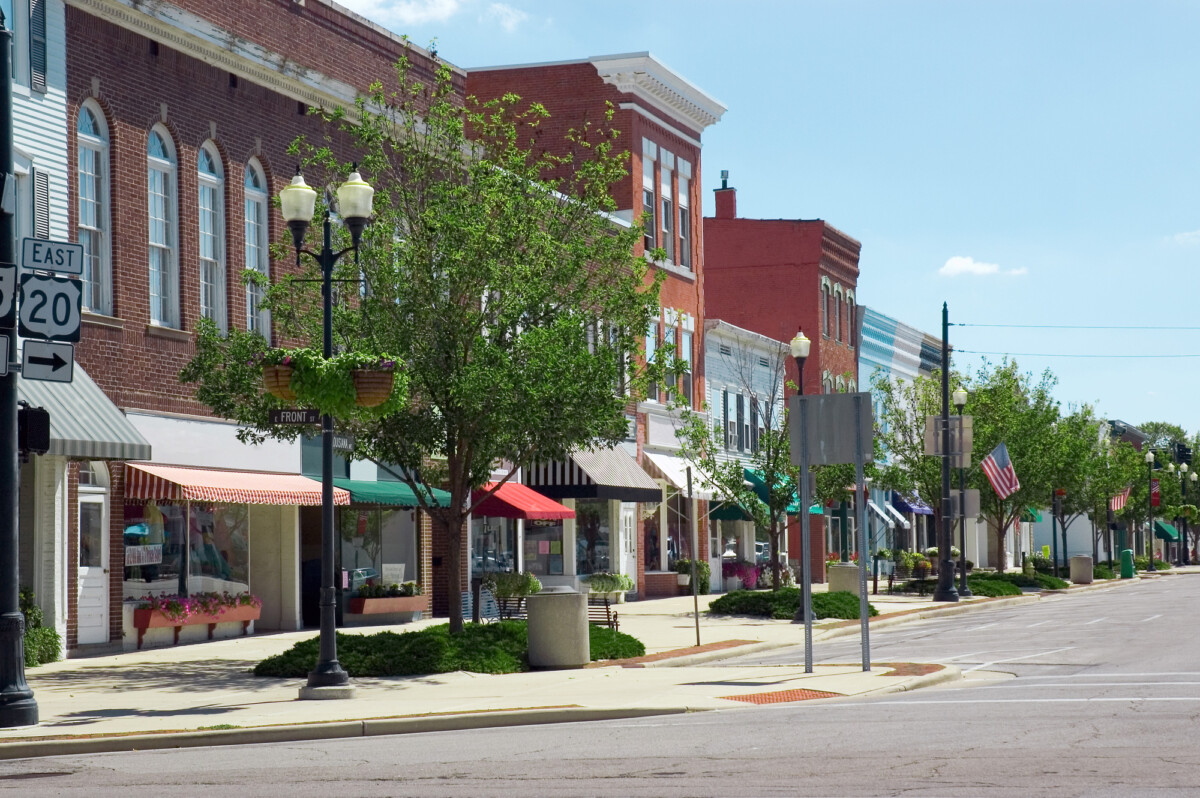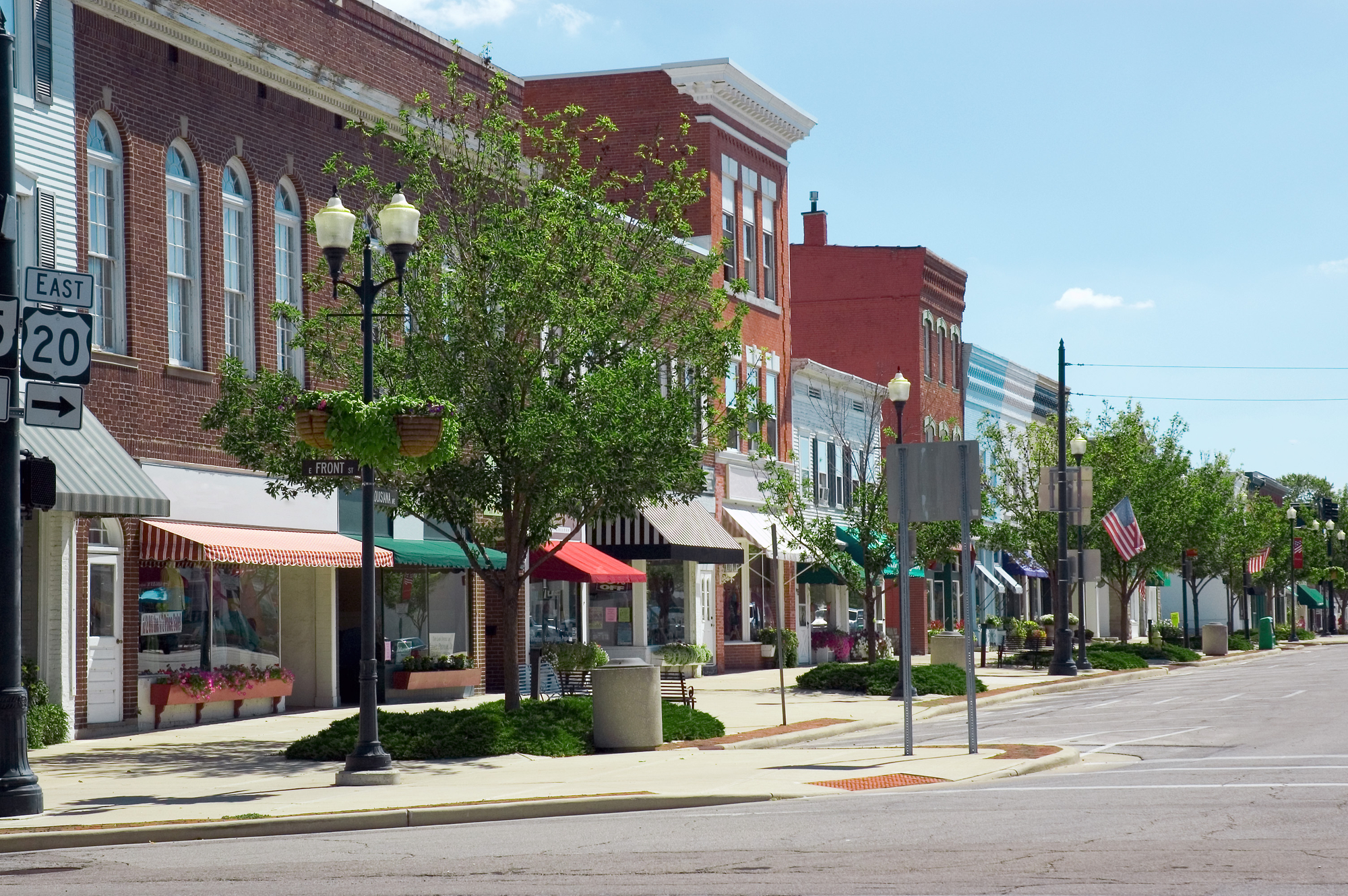Wealthtender is a trusted, independent financial directory and educational resource governed by our strict Editorial Policy, Integrity Standards, and Terms of Use. While we receive compensation from featured professionals (a natural conflict of interest), we always operate with integrity and transparency to earn your trust. Wealthtender is not a client of these providers. ➡️ Find a Local Advisor | 🎯 Find a Specialist Advisor

With housing costs rising, affordability has become a significant determinant of where people choose to call home, especially for those living in American cities. The pandemic caused a shift, as many people abandoned expensive coastal cities to seek out budget-friendly alternatives in smaller towns further inland.
Yet is relocation necessary to bring costs down? What if having everything closer to home could cost you less? Amid the rethink on urban living, an idea imported from Europe is generating both attention and controversy. Welcome to the “15-minute city”.
Coined by French-Colombian professor Carlos Moreno, the 15-minute city concept calls for more accessible, eco-friendly cities. Yet it has also become a lightning rod for fierce debate along the political spectrum.
Progressive proponents argue that 15-minute cities promote environmental sustainability, reduce carbon emissions, and enhance living standards. However, conservative critics fret about government overreach limiting personal freedoms and property rights.
While progressive journalist Fareed Zakaria has endorsed its role in the post-pandemic world, conservative politicians in the U.K. have denounced it as part of an “international socialist concept” to be resisted at all costs.
Yet what can a 15-minute city do for the average American’s wallet? This article will discuss the emergent 15-minute city idea and how it relates to personal finance and the financial freedom of American city dwellers.
Have a question to ask a financial advisor? Submit your question and it may be answered by a Wealthtender community financial advisor in an upcoming article.

Saving Just 15 Minutes?
While major European cities like Paris have been pioneering the 15-minute city for several years, smaller U.S. towns are getting in on the action too. O’Fallon, Illinois, for instance, has adopted it as an organizing principle for its next two decades of development.
Life in an ideal 15-minute city would not require a car. Everything could be reached within fifteen minutes, whether by foot, bicycle, or public transit. It eschews the highly-concentrated downtown area where commuters from satellite suburbs must converge daily.
Instead, it reimagines the city’s neighborhoods as a mosaic of distinct self-sustaining districts, replete with all the food, recreation, green spaces, housing, medical offices, and small businesses needed to support the local community and economy.
In March this year, YouGov probed into levels of public support for the 15-minute city by polling over 2,000 American adults on their attitudes toward the concept.
According to survey results, most residents (55%) either strongly or somewhat support local government efforts to bring essential amenities within a 15-minute walk from their front door.
Asked which amenities should be prioritized within their immediate area, supermarkets came out on top, with almost three-quarters of respondents (74%) saying they should be within a 15-minute zone, followed by parks (72%) and drug stores (71%).
Experts see savings on multiple fronts.
“If a person can walk or bike to work, the grocery store, or other essential services, they could save a considerable amount on transportation costs,” says Jorey Bernstein, CEO of Bernstein Investment Consultants.
“There could also be indirect savings regarding time, which can be used for productive activities. Energy costs might also be reduced if less travel is needed and if the urban design of such cities promotes energy-efficient buildings.”
This could translate to major savings. U.S. households spend, on average, $5,000 per year on gas alone. Commuting also now costs more time and money since the pandemic hit. As of this year, the average American forks out over $8,000 and spends 239 hours commuting yearly, according to government numbers crunched by Clever Real Estate. That means getting to work in 2023 costs $2,000 more and takes 39 hours longer than in 2019.
Nice on Paper?
In theory, the idea of a 15-minute sounds enticing. Yet is it financially feasible to put into practice?
“From a public spending perspective, creating 15-minute cities would likely involve significant initial investment in infrastructure, services, and urban planning,” cautions Bernstein. “This could lead to higher local taxes, depending on how the initiatives are funded.”
The public is aware of the difficulty. Over a third (35%) of respondents said it would be very easy or somewhat easy to achieve. More than half, however, said it would be very difficult (32%) or somewhat difficult (26%).
The skepticism about feasibility may stem from the fact that most American families and couples with no children feel 15 minutes is too high a bar to set. Less than half of respondents said they live within a 15-minute walk of any of the 17 types of amenities and services featured in the survey. For many folks, perhaps a 20 or 30-minute city is more attainable in the near future.
By putting amenities within easy reach, 15-minute cities can save residents valuable time and potentially reduce transportation costs. However, the real proof of the concept lies in the financial feasibility and tax efficiency of implementing such a model.
While the financial aspects are essential, it is equally vital to consider the broader impact on people’s overall well-being, including social connections, health, and environmental sustainability.
Pursued the right way, the 15-minute city presents an opportunity to optimize livable urban environments, balancing the financial aspects with the holistic needs of the community.

About the Author
Liam Gibson
Liam Gibson is a Taiwan-based freelance journalist who covers tech, geopolitics, and finance. He has written for Al Jazeera, Nikkei Asia Review, South China Morning Post, Straits Times, National Interest, and has appeared in Fortune Magazine, and several other international media outlets.
Learn More About Liam
Wealthtender is a trusted, independent financial directory and educational resource governed by our strict Editorial Policy, Integrity Standards, and Terms of Use. While we receive compensation from featured professionals (a natural conflict of interest), we always operate with integrity and transparency to earn your trust. Wealthtender is not a client of these providers. ➡️ Find a Local Advisor | 🎯 Find a Specialist Advisor

